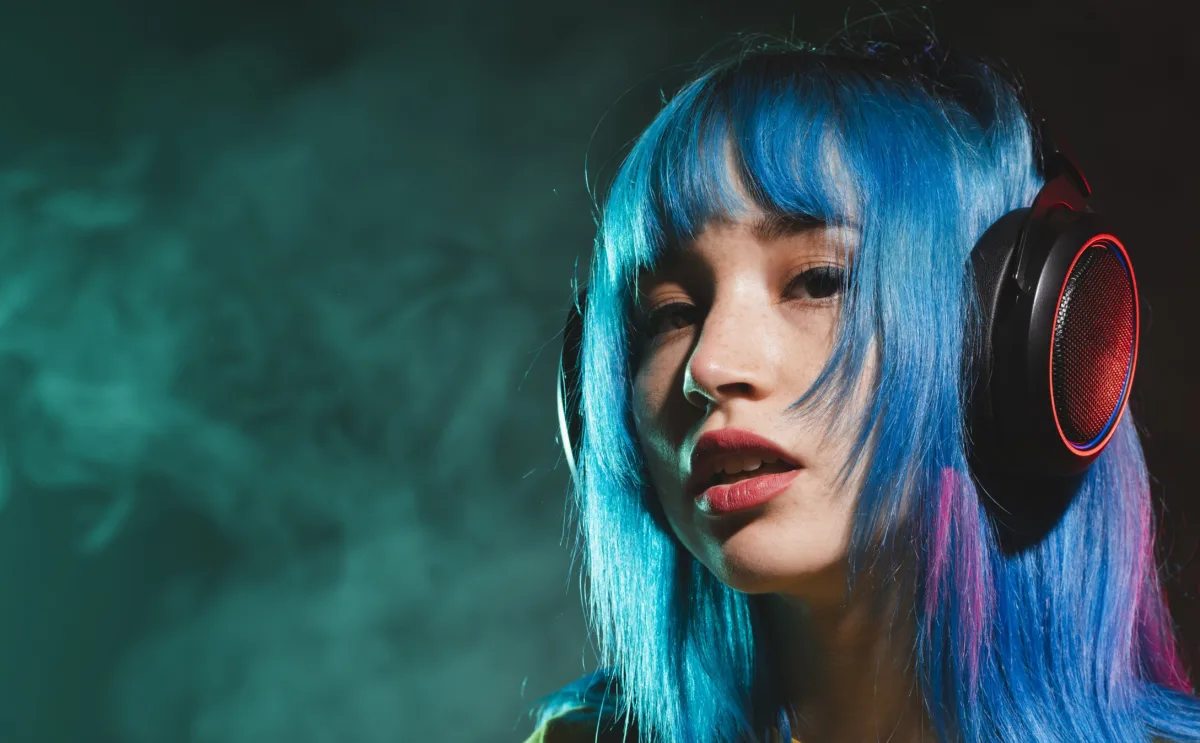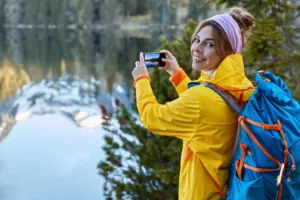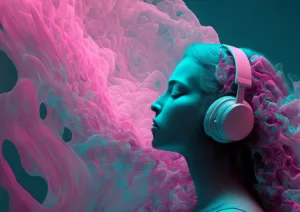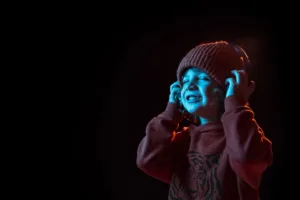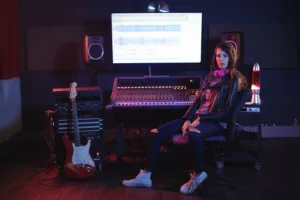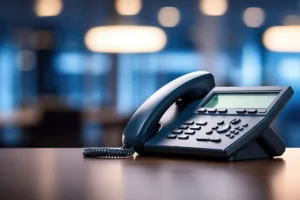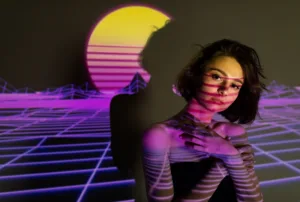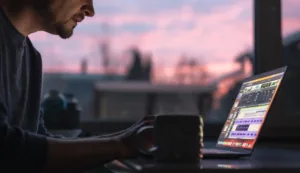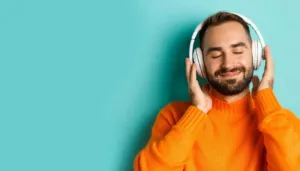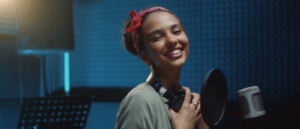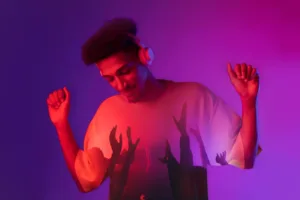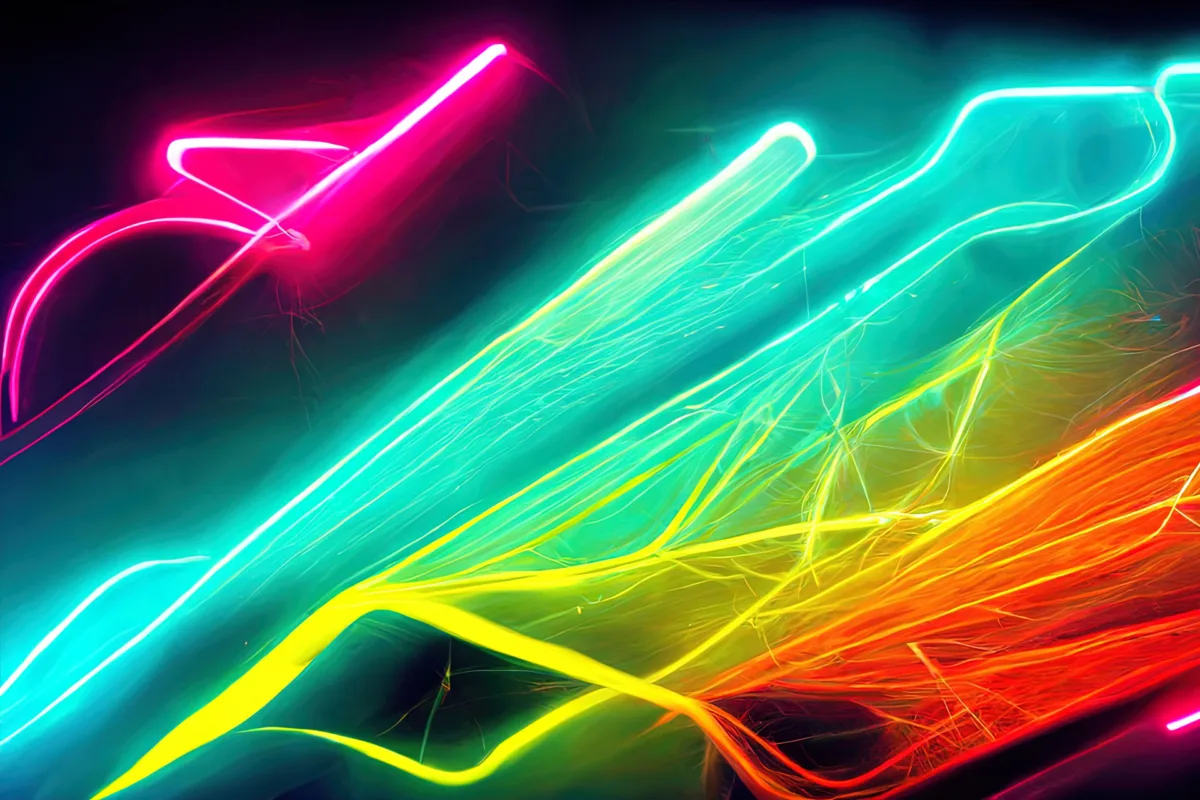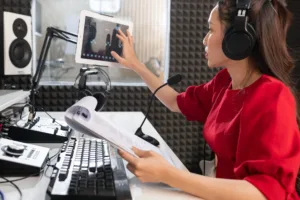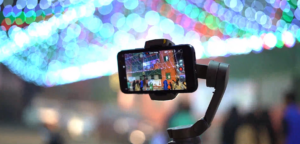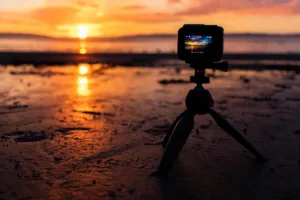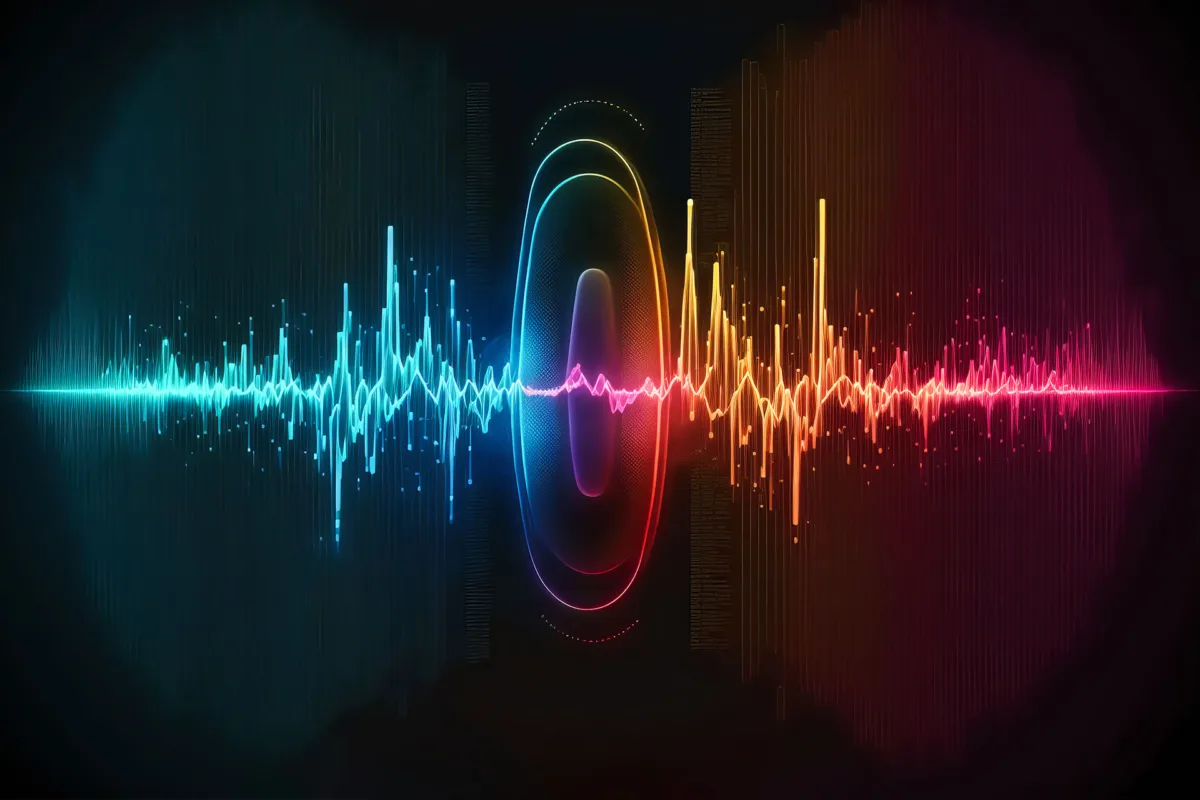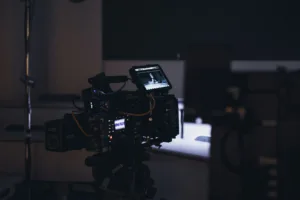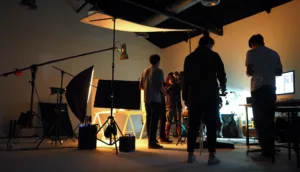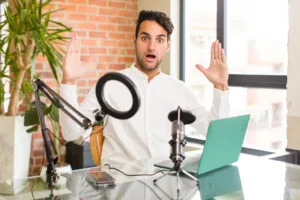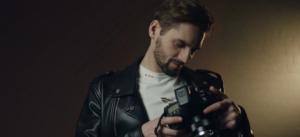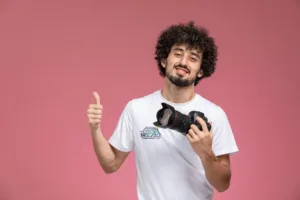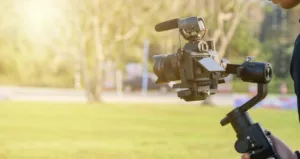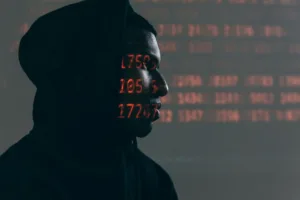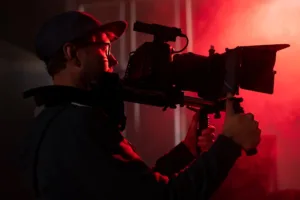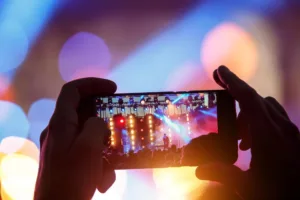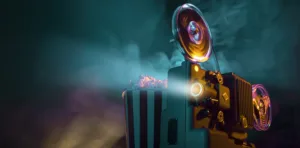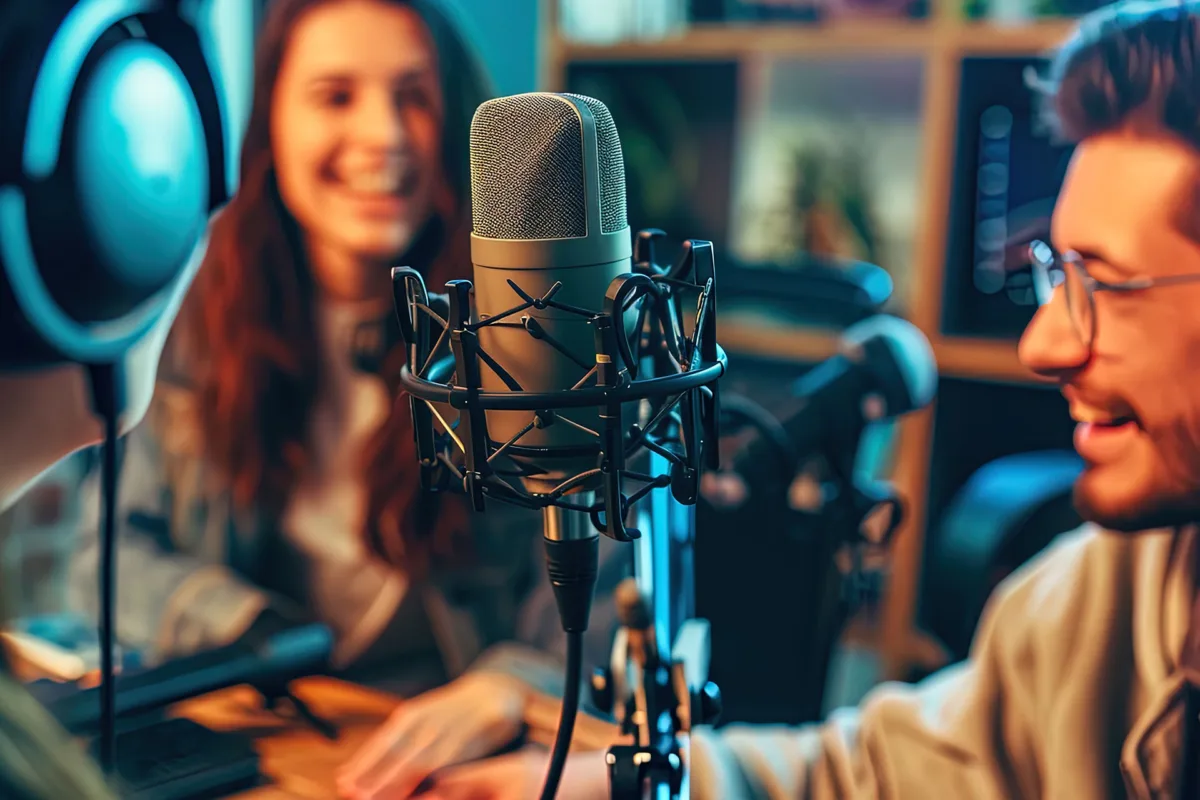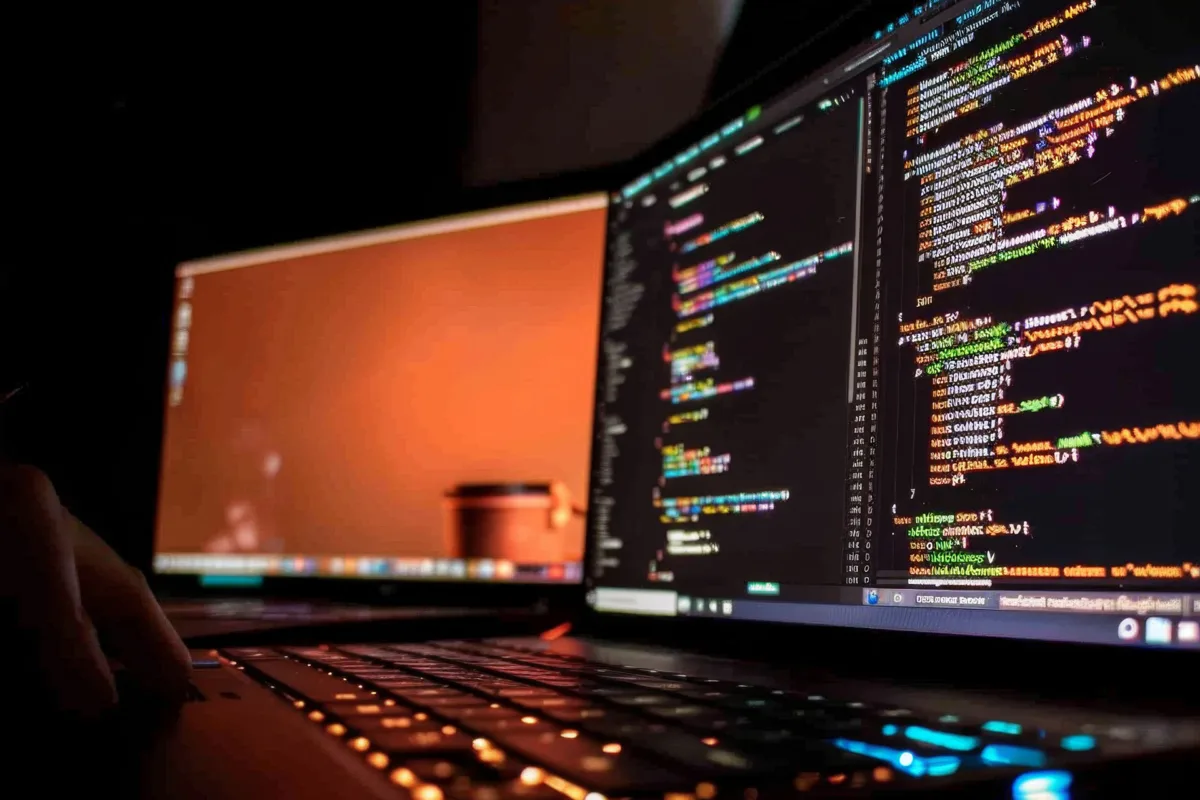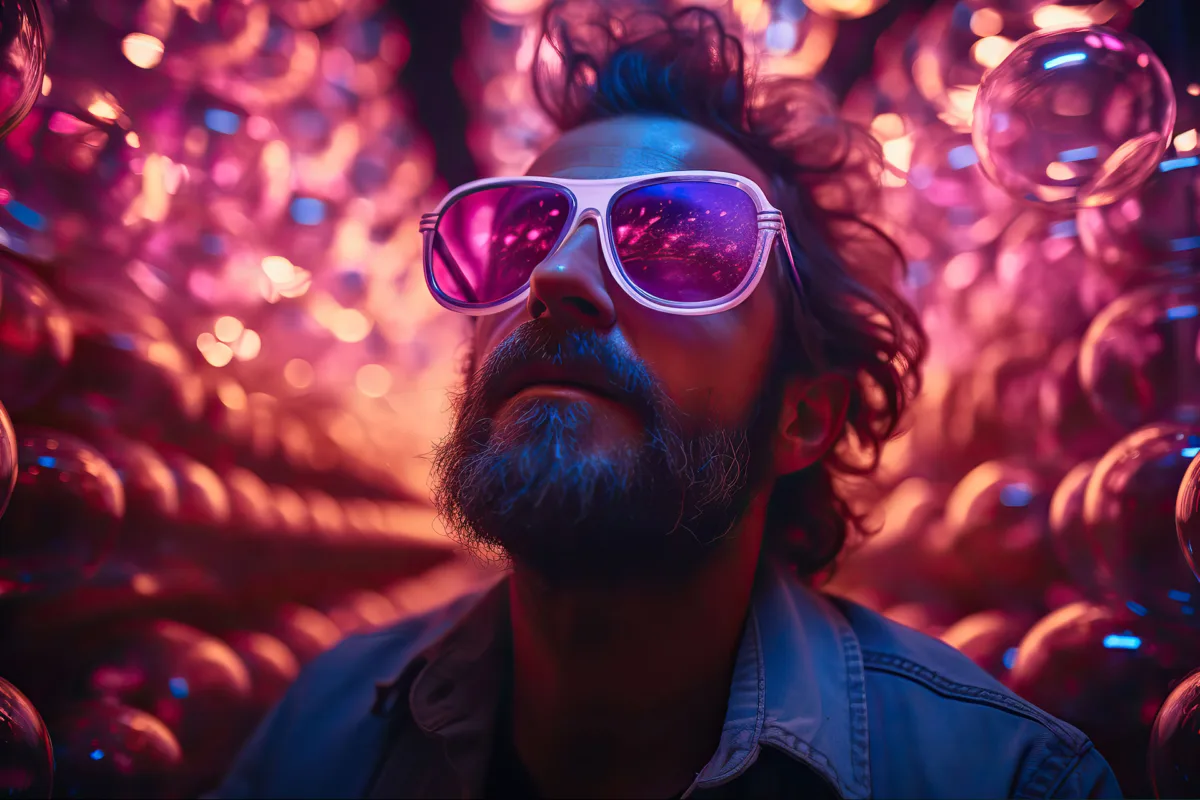What Is Royalty Free Lo-Fi Music?
Hello again, creators, dreamers, and music lovers! TuneCutter here, ready to take you on a rhythmic journey through the fascinating world of Royalty Free Lo-Fi music. If you’ve ever stumbled upon a YouTube video with a title like “Chill Lo-Fi beats to study to” and wondered what it’s all about, stick around. We’re about to dive into the realm of Lo-Fi and its place in the royalty free music universe.
Lo-Fi 101: A Symphony in Simplicity.
So, what is Lo-Fi music? Short for ‘low fidelity’, Lo-Fi refers to music that intentionally includes certain technical flaws, creating a sound that’s more raw and less polished than mainstream music. Think ambient noises, vinyl crackles, and slight distortions.
The beauty of Lo-Fi lies in its simplicity and its ability to create a soothing, cozy atmosphere. It’s like a warm cup of tea on a rainy day or the soft rustling of leaves on a quiet afternoon. Lo-Fi is less about attention-grabbing beats and more about creating a chill, relaxed vibe.
Why Lo-Fi and Royalty Free Music are a Match Made in Heaven.
In the world of content creation, royalty free Lo-Fi music is a treasure. Its laid-back nature makes it perfect for background music in a wide variety of contexts. Whether you’re creating a study vlog, a mindfulness podcast, or a casual gaming stream, royalty free Lo-Fi music can set the perfect mood without distracting from your content.
But what does it mean for music to be royalty free? Essentially, once you’ve obtained a track (often by purchasing a one-time license), you’re free to use it in your projects without having to pay ongoing royalties to the original artist.
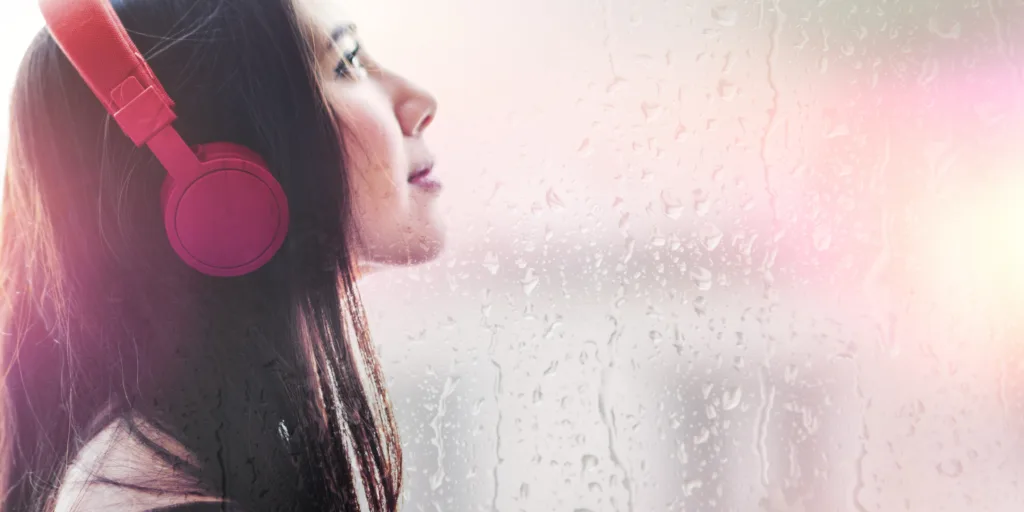
Discovering Your Lo-Fi Groove on TuneCutter.
At TuneCutter, we’ve curated an extensive collection of royalty free Lo-Fi tracks. From soft, ambient tunes perfect for meditation guides, to more upbeat tracks for your lifestyle vlogs, there’s a soundtrack for every vibe.
We’ve also made it easy for you to navigate our library. Filter by mood, tempo, or even specific sound elements to find the perfect soundtrack for your project.
The Art of Using Lo-Fi in Your Projects.
Using royalty free Lo-Fi music in your projects is more than just slapping a track onto your video or podcast. It’s about enhancing your content, not overpowering it. The beauty of Lo-Fi is in its subtlety. Let it softly color your content, gently engaging your audience without demanding their full attention.
Respecting the Creators: Attribution and More.
While royalty free music doesn’t require ongoing payments, it’s always good to understand the terms of the license. Some artists may require attribution, while others may not. At TuneCutter, we make sure all license details are transparent and easy to understand. We believe in respecting the creativity of all artists who contribute to our music library.
Exploring the Origins of Lo-Fi.
Before we delve further into using Lo-Fi in your projects, let’s take a quick detour through history. The roots of Lo-Fi music trace back to the 1950s and ’60s, born out of home recordings and the DIY music scene. Fast forward to today, and Lo-Fi has evolved into a genre loved by millions worldwide, its vintage aura charming listeners across the digital landscape.
Lo-Fi’s unique character stems from its ‘imperfect’ sound quality, a throwback to the era of vinyl records and cassette tapes. The gentle hum of a record player, the faint rustle of a page turn, the distant echo of a city street – these are the hallmarks of Lo-Fi, creating a soundscape that feels intimate, nostalgic, and wonderfully human.
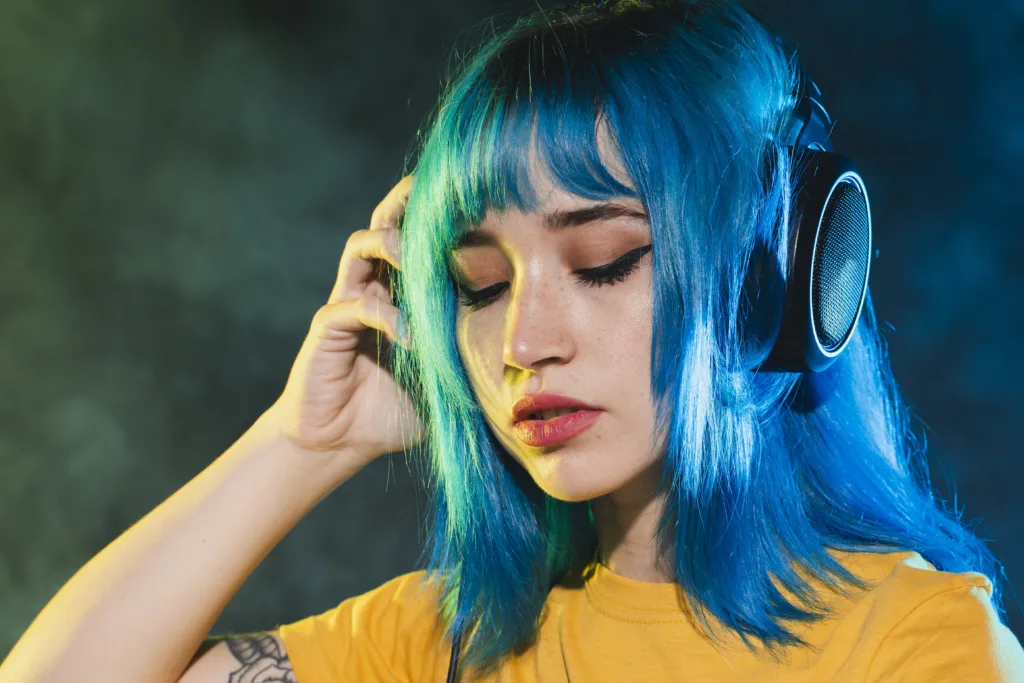
Tuning into the Lo-Fi Culture.
Lo-Fi music is more than just a genre – it’s a culture, a lifestyle. It’s the soundtrack of late-night study sessions, lazy Sunday afternoons, and cozy coffee shop hangouts. It’s the vibe of being present, embracing simplicity, and finding joy in the mundane.
Part of the charm of Lo-Fi lies in its visual aesthetic as well. If you’ve spent any time on YouTube or Twitch, you’ve likely come across the famous “Lo-Fi Girl,” the anime character often seen studying and chilling to Lo-Fi beats. This combination of soothing visuals and chill music has become a beloved staple of internet culture.
Royalty Free Lo-Fi: A Resource for Creators.
In the world of content creation, royalty free Lo-Fi music is a versatile tool. Its subtle, unobtrusive nature makes it an excellent choice for background music, whether you’re creating a vlog, a podcast, or a livestream.
Furthermore, because Lo-Fi is royalty free, you don’t have to worry about copyright claims or ongoing royalty payments. Once you’ve obtained a track from TuneCutter, it’s yours to use in your projects.
Navigating the TuneCutter Lo-Fi Library
At TuneCutter, we’ve made it easy for you to discover and use the perfect Lo-Fi track for your project. Our library is categorized by mood, genre, and even specific sound elements. Want a track with a gentle rain sound in the background? No problem. Looking for something with a more upbeat tempo? We’ve got you covered.
While using royalty free music comes with a lot of freedom, it’s always important to understand the specific terms of each track’s license. Some artists may require attribution, while others may not. At TuneCutter, we make these details clear, so you can use each track confidently and respectfully.
Conclusion: Embracing the Chill with Lo-Fi.
Whether you’re a content creator looking for the perfect background music, or just a music lover in search of your next favorite genre, Lo-Fi music offers a world of charm and chill vibes. It’s a genre that reminds us of the beauty in simplicity, the warmth in nostalgia, and the joy in the present moment.
So, are you ready to chill with Lo-Fi? Head over to TuneCutter, explore our collection of royalty free Lo-Fi music, and let the soothing beats inspire your creative journey.
Keep creating, keep exploring, and as always, stay tuned!



